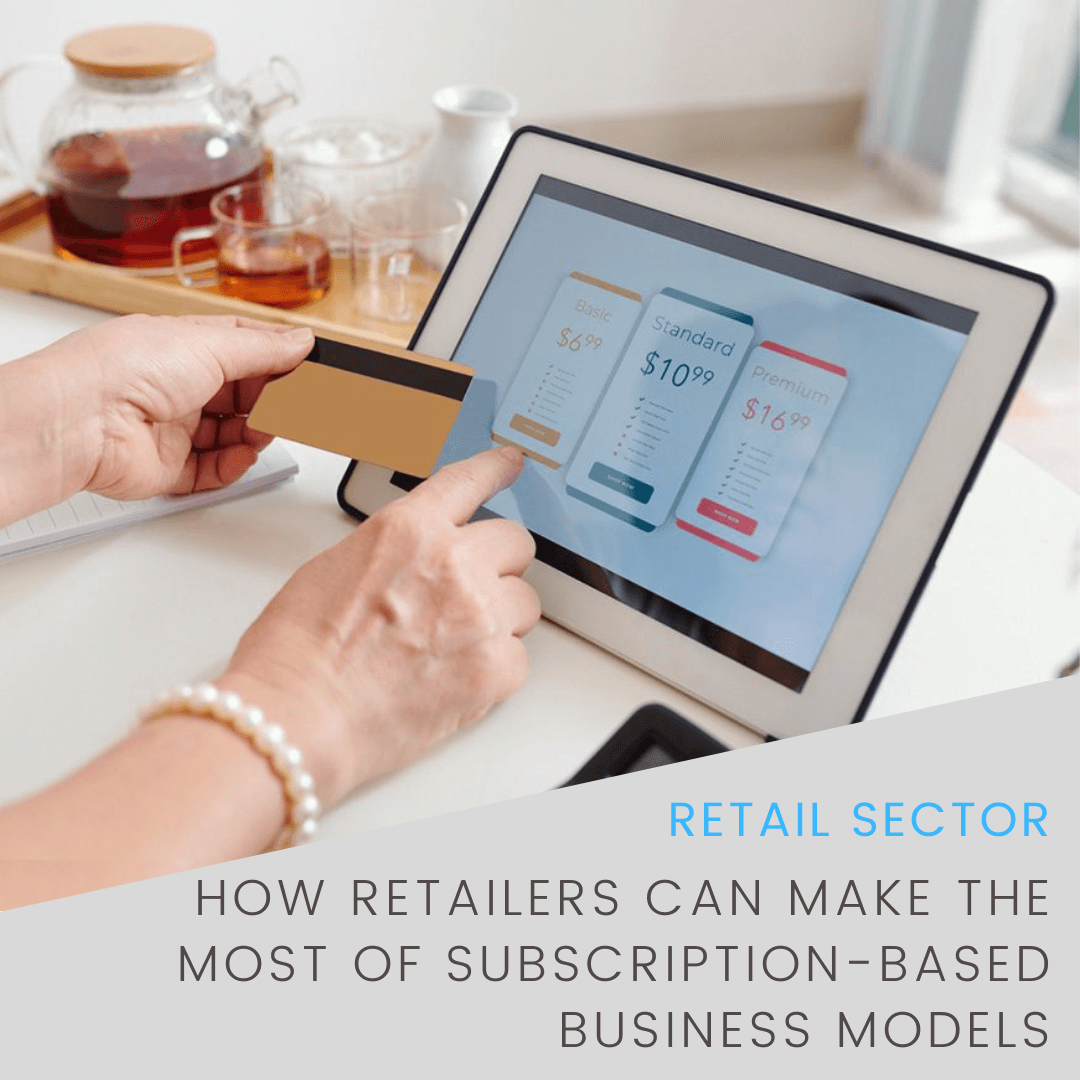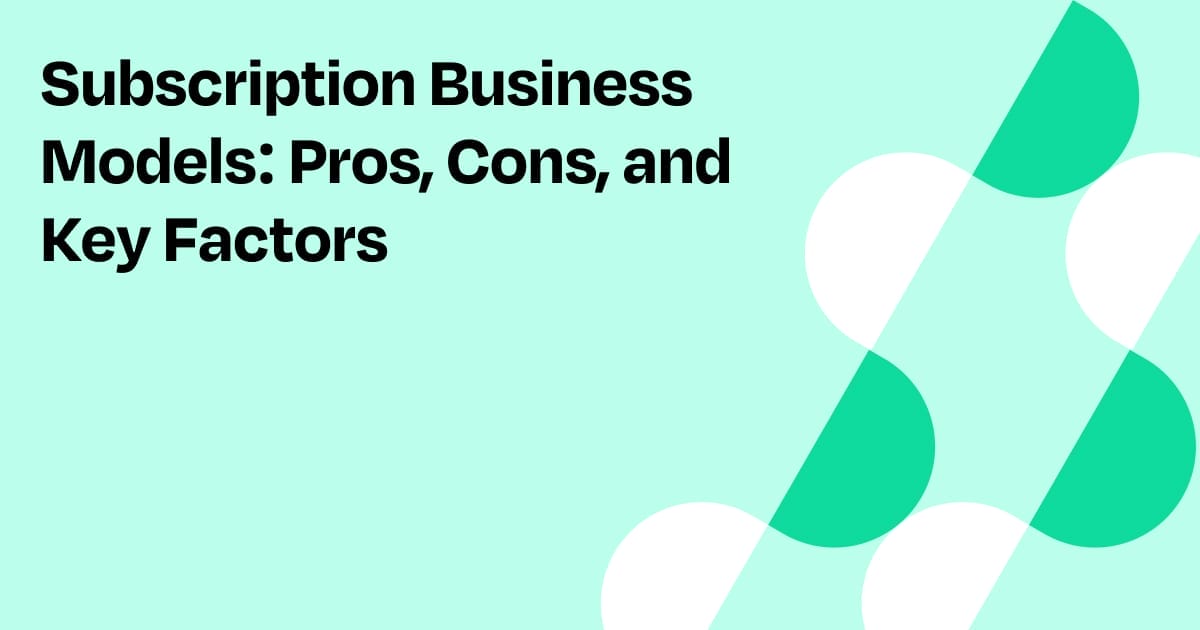Unlocking The Subscription Economy: A Comprehensive Guide To Business Models

In today's fast-paced digital landscape, subscription-based business models are transforming how companies operate and engage with customers. These models not only provide a reliable revenue stream but also foster long-term relationships with consumers. Understanding subscription-based business models is vital for businesses looking to thrive in the competitive subscription economy.


Introduction to Subscription-Based Business Models
Subscription-based business models are frameworks where customers pay a recurring fee for access to products or services. This model has gained traction across various industries, including media, software, and e-commerce. As more businesses adopt these models, they must understand the advantages, challenges, and essential metrics that determine their success.


Benefits of Subscription Models
Subscription models offer numerous advantages for businesses and customers alike.
-
Predictable Revenue: Businesses benefit from a steady cash flow, making it easier to forecast growth and budget effectively.
-
Enhanced Customer Loyalty: Subscriptions create ongoing relationships, encouraging brand loyalty and customer retention. According to a McKinsey report, companies with subscription models often experience a 15-20% increase in customer lifetime value.
-
Lower Customer Acquisition Costs: With a focus on retaining existing customers, businesses can reduce the costs associated with acquiring new clients.
Real-World Examples
-
Netflix: By providing a vast library of content for a monthly fee, Netflix has built a loyal customer base while ensuring consistent revenue.
-
Spotify: The music streaming service offers both free and premium subscriptions, leading to significant user retention and engagement.
Challenges in Subscription-Based Businesses
While subscription models offer significant benefits, they also present unique challenges.
-
Churn Rate: One of the most pressing issues is customer churn, where subscribers cancel their memberships. High churn rates can severely impact revenue and growth potential.
-
Market Saturation: As more businesses enter the subscription space, standing out becomes increasingly difficult. Companies must continually innovate to maintain their competitive edge.
-
Customer Expectations: Subscribers expect high-quality service and consistent value. Failing to meet these expectations can lead to cancellations.
Supporting Evidence
A report from Forbes indicates that 30% of subscribers cancel within the first three months of service, underscoring the importance of effective customer retention strategies.

Key Metrics for Evaluating Subscription Success
To evaluate the effectiveness of subscription-based business models, companies should focus on several key metrics:
-
Customer Lifetime Value (CLV): This metric estimates the total revenue a business can expect from a single customer over the duration of their subscription.
-
Churn Rate: Monitoring the percentage of subscribers who cancel their subscriptions is crucial for identifying potential issues.
-
Monthly Recurring Revenue (MRR): This metric tracks predictable revenue streams, helping businesses assess their financial health.
Actionable Insights
Using analytics tools can help businesses track these metrics effectively, enabling smarter decision-making.
Strategies for Reducing Churn
To succeed in the subscription economy, businesses must adopt effective customer retention strategies. Here are some actionable approaches:
-
Personalized Communication: Tailoring messages based on customer preferences can enhance engagement and reduce cancellations.
-
Flexible Pricing Models: Offering various pricing tiers allows customers to choose a plan that fits their needs, increasing retention.
-
Exceptional Customer Service: Providing top-notch support can resolve issues quickly and improve overall satisfaction.
Case Studies
-
Adobe: Transitioning to a subscription model with Adobe Creative Cloud significantly increased their customer base while reducing churn.
-
Dollar Shave Club: By delivering high-quality shaving products directly to consumers, they created a loyal following, achieving rapid growth.
Conclusion
Subscription-based business models present a promising avenue for sustainable revenue generation. However, success requires careful evaluation of metrics, proactive churn reduction strategies, and an understanding of market dynamics. As the subscription economy continues to evolve, businesses must adapt to stay competitive.
Are you ready to explore the potential of subscription-based business models in your organization? Embrace the trends and strategies discussed to unlock new opportunities for growth today. For more insights, check out our articles on customer retention techniques and business model innovation strategies.